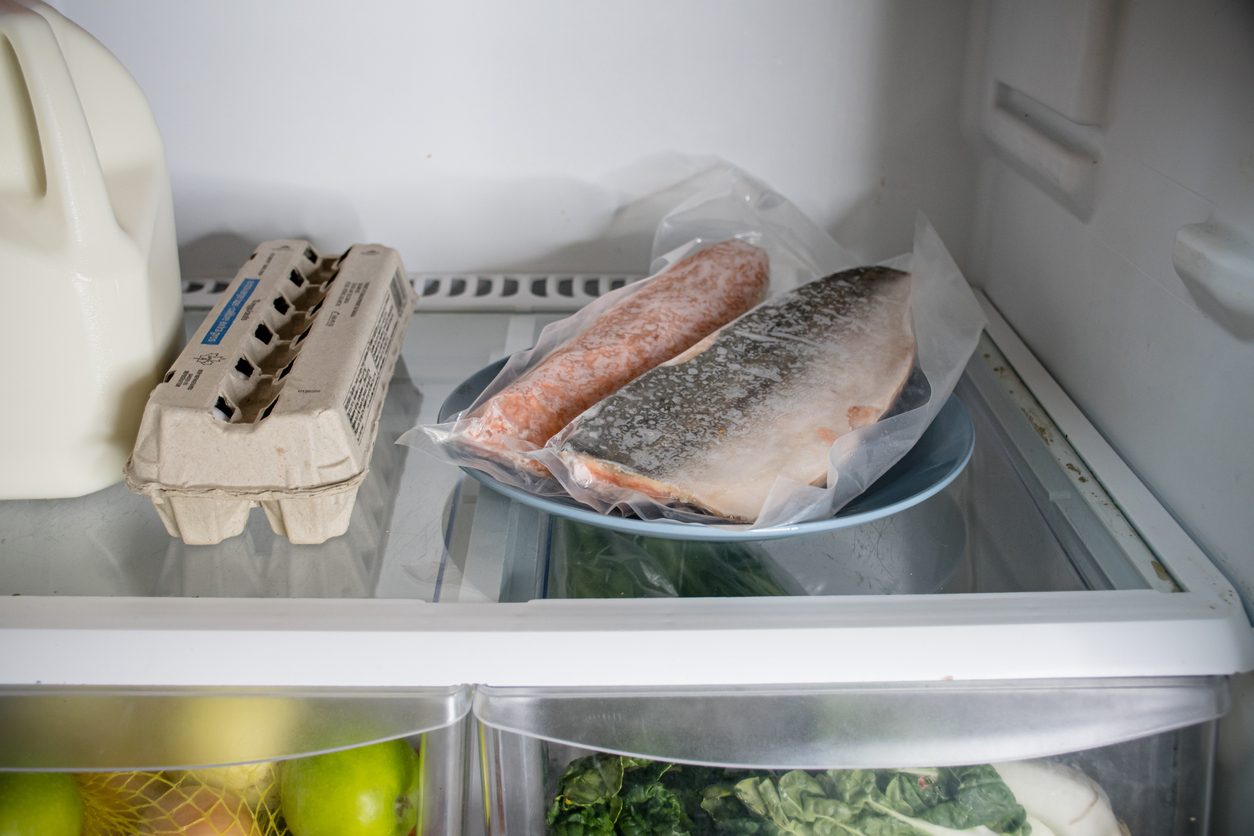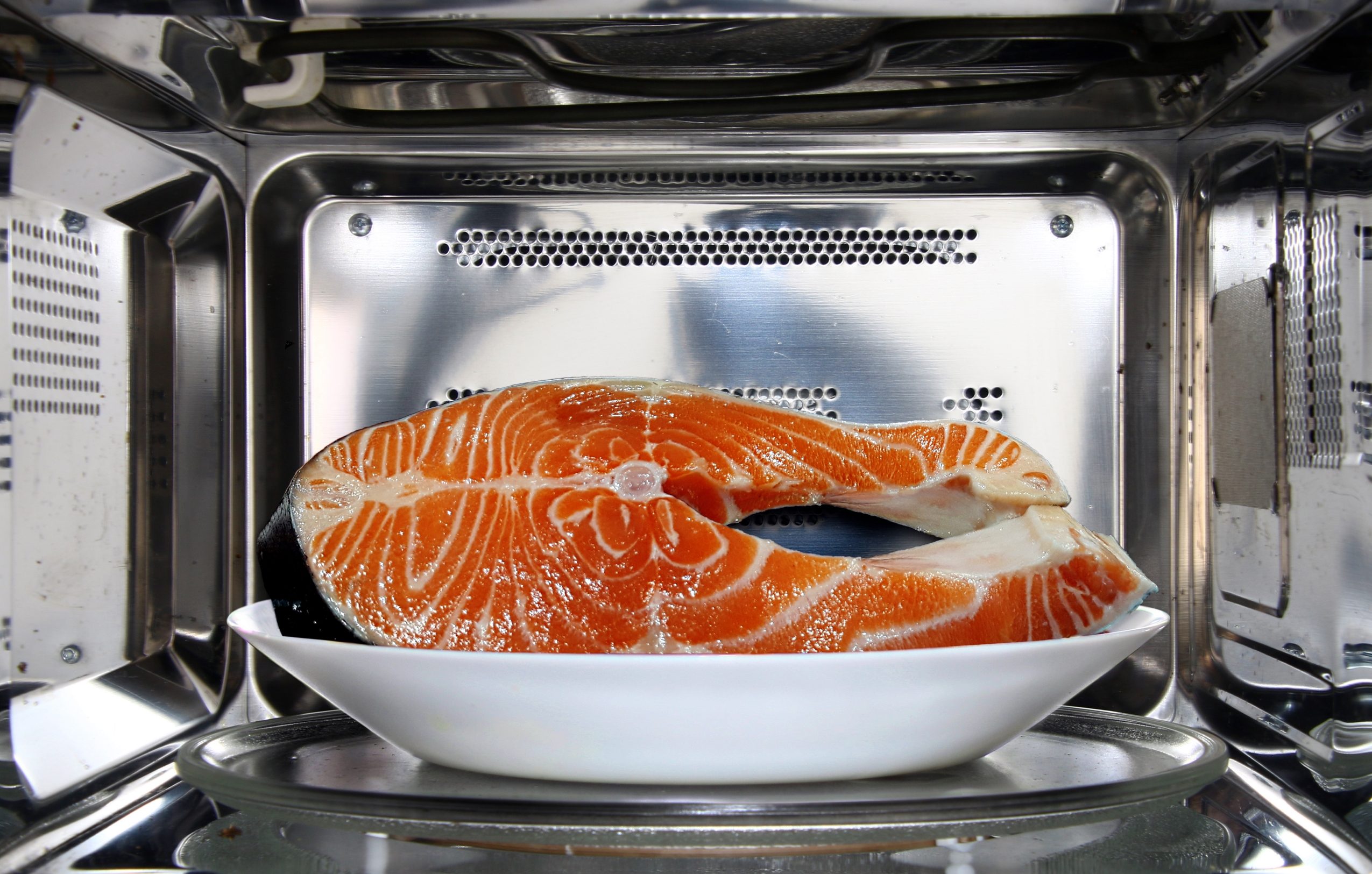;)
Thawing your meat out safely doesn't have to be complicated as long as you have the know-how down to a tee. The main risk that accompanies thawing meat is that it can foster the growth of bacteria if it's not done properly.
Temperature is key to food safety and the “Danger Zone,” between 40°F – 140°F (5°C – 60°C), is the temperature range where bacteria grow rapidly. Keeping meat (or any other food) in this temperature range for an extended period of time can lead to contamination and food poisoning.
This is why you should never thaw meat at room temperature and instead choose cooler environments that can stave off the growth of harmful bacteria while the meat defrosts.

Here are the three quickest ways to safely thaw meat:
1. Defrosting in a Microwave

The fastest way to defrost meat is by using your microwave’s defrost setting. All modern microwaves typically have a defrost setting that allows you to set the total weight of the meat you want to defrost. Once you enter the weight, the microwave will work out the ideal settings to defrost it as quickly as possible.
However, be prepared to cook the meat as soon as it's fully thawed as the microwave rapidly defrosts the meat, which will likely bring parts of it up to the Danger Zone.
2. Cold Water Thawing

Thawing meat in cold water is much like keeping it in the fridge to thaw except that it's much faster and requires your attention throughout the duration.
Method:
- Transfer the meat to Ziploc bags and keep tightly sealed. This prevents the meat from becoming waterlogged or the water introducing bacteria to the meat.
- Submerge the meat in a big bowl of cold water. Ensure that all parts of the meat are fully submerged.
- Stir the water every 5 to 10 minutes to disturb the cold barrier that might form against the meat packaging when the water is left untouched.
- Replace the water every 30 minutes to quicken the thawing process.
3. Skip the Thawing Process!

The last option is to simply cook the meat while it's frozen. This is fast, easy to do, and cuts the entire cooking time. Regarding the safety of doing this, food safety experts approve of this method as it eliminates bacteria growth entirely.
However, remember that when cooking frozen meat, it will take 50% longer to cook through. So, if you do choose this method, make sure that the meat is fully cooked by inserting a meat thermometer into its center to gauge temperature.
Here is a quick overview of the minimum temperature you should aim for:
- Beef, Pork, Lamb: 145°F
- Ground Beef: 160°F
- Chicken: 165°F
- Ham: 165°F
Enjoy!
;Resize,width=712;)
;Resize,width=712;)
;Resize,width=712;)
;Resize,width=767;)
